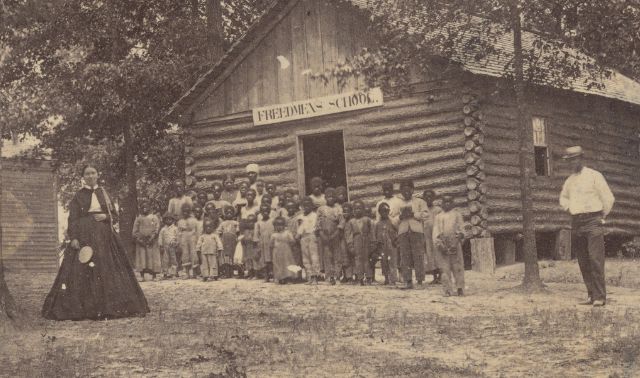Q: Were the data on Social Security card applications verified?
A: When Social Security cards were first issued in November 1936, the massive task of enrolling the nation’s workforce fell to employers, labor unions and the US Postal Service. Employees completed an SS-5 form that included much genealogically useful data, but they weren’t required to present any proof of birth date, birthplace or parents’ names. Such documentation wasn’t required until a worker applied for retirement benefits; because many retirees were born before states began keeping vital records, this requirement created the need for “delayed birth certificates” in many states.
The Social Security card was never designed to be an identification card, but concerns about the integrity of the system eventually led to changes in the application process.
Prior to November 1971, all Social Security cards and numbers were assigned based solely on information an individual provided. Thereafter, anyone age 55 and over applying for a Social Security number for the first time was required to submit evidence of identity.
As of April 1974, all noncitizen and US-born applicants age 18 and over had to prove their identity, age and citizenship status. Those requirements were expanded to all applicants in May 1978. Generally, two forms of evidence are required—most often, a birth certificate and a driver’s license.
Today, however, the Social Security Administration (SSA) enrolls most people as newborns. Under the Enumeration at Birth system, hospitals provide the SSA with a photocopy of a birth certificate on behalf of the parents. Learn more about SS-5 applications and how to use them in the May 2010 Family Tree Magazine <shopfamilytree.com/product/family-tree-magazine-may-2010-print>.
From the July 2010 Family Tree Magazine



